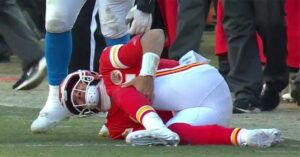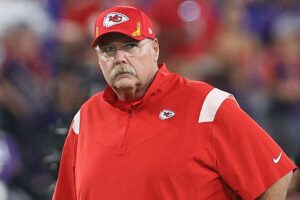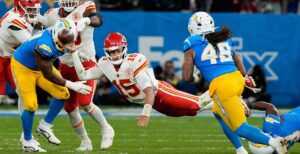Athletes rarely allow us to peek under their armor to show their humanity and vulnerability. On a road less traveled, Kansas City Chiefs Running Back Clyde Edwards-Helaire opens up about his medical condition and his mindset to overcome it.
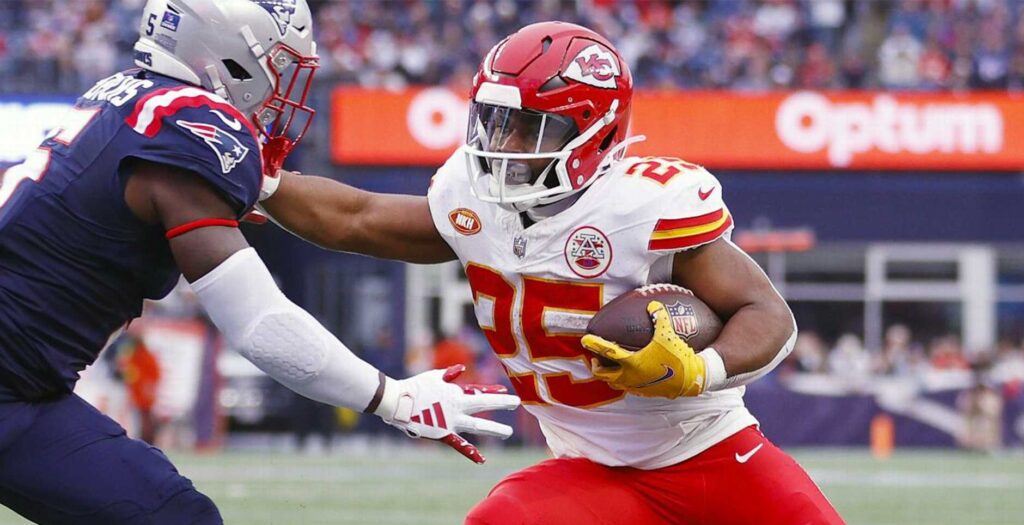
The Kansas City Chiefs are the talk of the NFL. They have the best team in the league, a quarterback, a head coach, and coordinators who run the ship on the field with precision and excellence. Still, a successful roster requires a strong, healthy 53-man roster.
Clyde Edwards-Helaire, a former first-round pick, has struggled to find his footing on the field since his 2020 season. That seems like an eternity ago, and with the lack of consistent success on the gridiron, one thing has remained abundantly clear: He’s a fighter.
On Thursday, he disclosed a severe medical condition called PTSD. In his case, the traumatic triggers cause spontaneous and uncontrollable vomiting. As Edwards-Helaire put it, at times, he’s been forced to go to the hospital and, until recently, had no real plan to combat his health crisis.
“Honestly man, I really – it’s – I have PTSD and cyclic vomiting syndrome. So it’s something that’s kind of neurological that they just help me with and walk through it. I mean I’ve – sometimes I’m admitted into the hospital – something like can’t stop throwing up and it’s just – I can’t like – no – nothing pretty much to stop it and the only person who kind of put me in the right direction was (Assistant Athletic Trainer) Julie Frymyer early on,” he bravely told reporters.
It was evident to Chiefs fans that something was going on with CEH. He just returned to the practice field, and now we understand the underlying issues he’s been dealing with for quite some time. To the credit of the Chiefs organization and his teammates, who knew about his condition, they took an all-hands-on approach.

“I mean all the way down to – we have (Senior Director of Team Security) (Brian) Shafar and you know some of the guys who are on our security staff who (are) ex-cops, ex-Marines, or just those things,” he said.
“I’m a guy who can talk to anybody, and if I can get the help from – I mean, even if it’s one of you guys who I feel experienced something, or I could talk to, or a different coping mechanism that they feel helped them, I try my best to get whatever I need for help so I can come out here and perform.”
He also credited players like Travis Kelce, the most positive human being on the team, for looking out for him. They know something isn’t right when CEH is not smiling or jovial with his teammates. Edwards-Helaire also points out the loss of life with close family and friends as a contributing factor to his PTSD condition.
That alone is a lot for anyone to endure.
This might explain why Kelce and Patrick Mahomes have characterized CEH as a great person and teammate. It’s clear they understand the significance of his trauma but also the willingness to make sure if he needs anything, they are at his side.
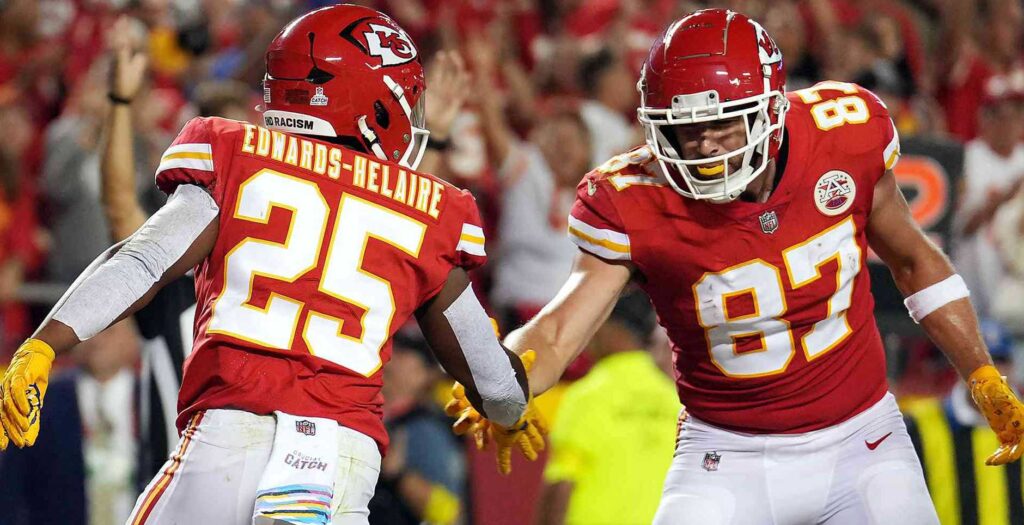
We forget too often that NFL players are human beings. We see them as robots performing on the field for pleasure. The amount of trauma, pain, and internal fortitude to survive one NFL season is not appreciated by most fans who think of these warriors as Fantasy teammates. They are real flesh and blood that deal with unimaginable pain when playing the sport that is a fabric of our DNA.
Today’s NFL athletes are different from those in past decades. The advent of better medical facilities and more trainers to help with every aspect of the pain these gladiators got through, both physical and negative, certainly helps players like CEH deal with those setbacks.
“I’ve had ups and downs through my past five years here, it’s just being able to smile and get through it and that’s those things. He’s dealt with injuries. He’s dealt with those ups and downs, and I mean two Super Bowls (in) two years, he’s on high horse and it’s just being able to come in on those bad days (and) on those good days and still be able to smile and that’s – I feel like that’s the best part.”
As Chiefs fans, all we can hope for is that treatment and medical attention will succeed this season and beyond, and his desire to live a long, everyday life will succeed.


